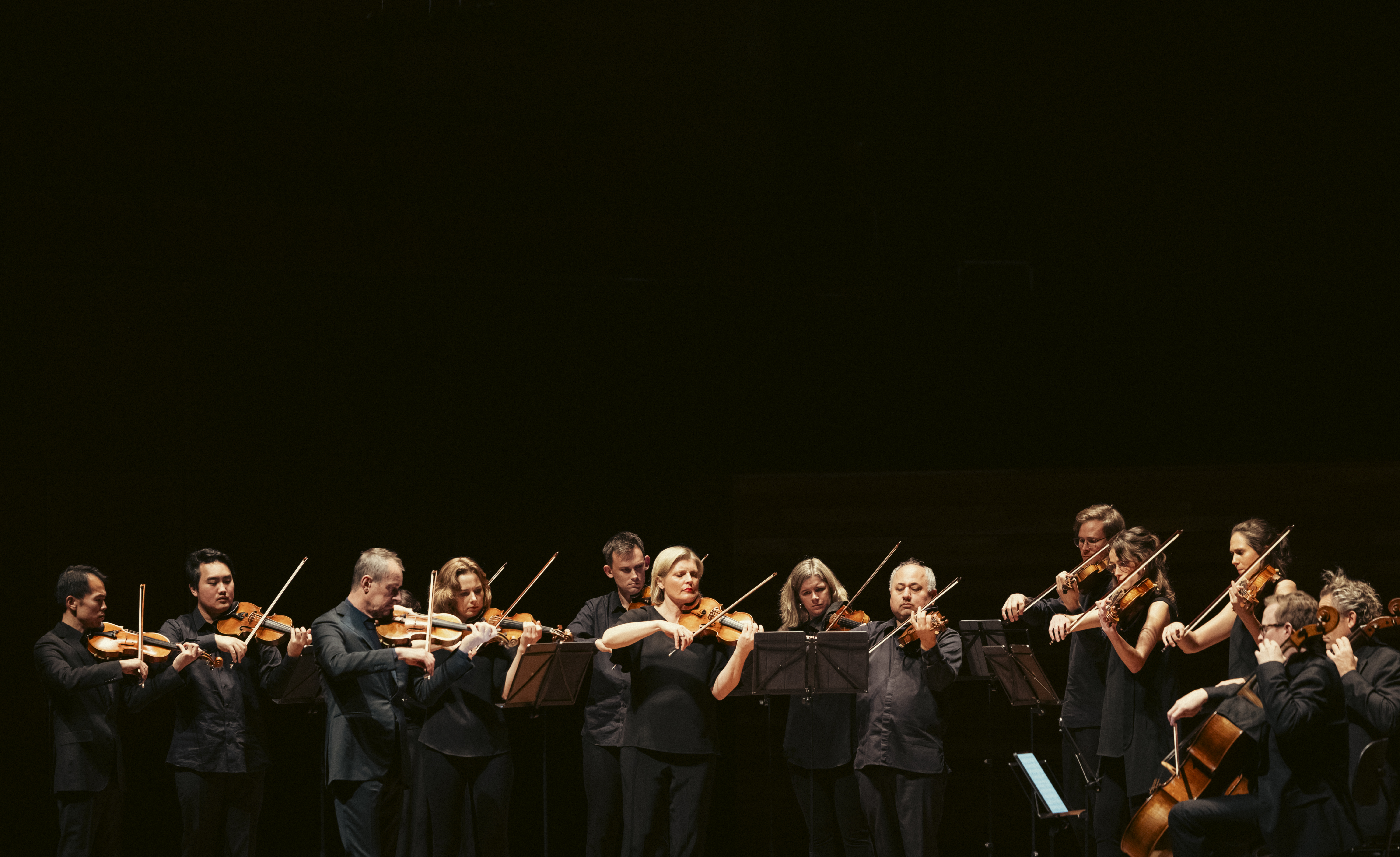
By Rosie Pentreath
German composer Ludwig van Beethoven’s music remains some of the most beloved ever written.
Known and enduringly loved for its huge capacity for evoking emotion – from heady heroism to the most heart-wrenching soul-searching – Beethoven’s music seems to capture, and to coax out of us, what it really means to be human.
Pieces of music like Beethoven's Piano Concerto No.5 ‘Emperor’, the Fifth and Ninth Symphonies, and piano works like the Piano Sonata No.8 ‘Pathétique’ and the Piano Sonata No.14 in C-sharp Minor ‘Moonlight’, have all become go-to pieces for those of us looking for moments of affirmation, of alleviation, and of absolution.
And it’s no different for film directors and music departments when it comes to making iconic moments in blockbuster films. Many directors and editors opt for powerful sections of classical music, and often the music of Beethoven specifically, to elevate the action in their stories.
Here are some of the most memorable uses of Beethoven in cinema history.
Read more: why is Beethoven’s Symphony No.5 so famous?
1. Dead Poet’s Society (1989)
Beethoven’s beloved Piano Concerto No.5, known as the ‘Emperor’, appears in Australian director Peter Weir’s acclaimed 1989 film, the Dead Poet’s Society, which tells of a revolutionary teacher shaking up the thoughts and lives of students at a conservative boy’s preparatory school in the 1950s. The music is playing on Mr. Keating’s (Robin Williams) radio during the scene in which pupil Neil visits his office for advice. In contrast, a moment of total elation on the football field is soundtracked by the Ode to Joy from Beethoven’s Symphony No.9 – and indeed, it is pure joy!
2. Picnic at Hanging Rock (1975)
Another Peter Weir masterpiece, Picnic at Hanging Rock (1975) also features the adagio second movement of Beethoven’s ‘Emperor’ Concerto. The film about the disappearance of several schoolgirls on the Valentine’s Day of 1900 was based on the novel by Joan Lindsay, and helped to elevate the reputation of Australian cinema.
3. West Side Story (1961)
The second movement of Beethoven’s Emperor again greets us at our most emotional during the tender climax of Broadway hit-turned-Oscar-winning musical film West Side Story. Leonard Bernstein’s music is very much Leonard Bernstein’s, of course, but listen closely to ‘there’s a place for us’ in the song Somewhere, and you’ll hear that the American composer was closely quoting Beethoven’s moving melody form the middle Emperor movement when he wrote the famous ballad.
4. The King’s Speech (2010)
King George VI’s struggle with stammering was captured in Tom Hooper’s Oscar-winning 2010 film, The King’s Speech, starring Colin Firth, Geoffrey Rush and Helena Bonham Carter. The film was scored by French film composer, Alexandre Desplat, but he didn’t shy away from keeping some moments from Beethoven, including Symphony No.7 and the Emperor Concerto – a feature. The director had used music by Beethoven as a temp track before Desplat stepped in, but the composer kept some of it in, saying in an interview: “It worked marvelously, and it made sense since it has such a universal quality to it. I would never have been able to compete with that.”
5. Die Hard (1988)
Beethoven’s Ode to Joy from Symphony No.9 kicks in when Alan Rickman AKA Hans Gruber’s group has success breaking open a vault at Nakatomi Plaza. A moment of elation and thrill for some…
6. A Clockwork Orange (1971)
The enduring Ninth Symphony also lends itself to the plot and the soundtrack of Stanley Kubrick’s cult adaptation of Anthony Burgess’s satirical novel A Clockwork Orange. Sadistic protagonist Alex calls for a bit of “Old Ludwig Van” when the mood is right, and Beethoven’s music is weaved through the entire electronics-drenched score.
7. Rosemary’s Baby (1968)
Roman Polanski’s psychological horror calls on the great composer to set a tense, terrifying mood with those instantly recognisable alternating notes at the beginning of Für Elise, or Bagatelle No. 25. The piece is the epitome of elegance, but set in contrast with the slowly emerging terror of Polanski’s plot, it takes on – and propels – a spine-tingling new flavour.
8. Elephant (2003)
In 2003, American filmmaker Gus Van Sant created a film chronicling the events surrounding a high school shooting incident, based loosely on the real 1999 Columbine High School massacre. The poignant film uses Beethoven’s Für Elise and Moonlight Sonata to startling effect as we watch innocuous daily events cut against more sinister realisations, before everything unravels into abject terror.
9. Fantasia (1940)
Walt Disney’s animated film Fantasia, made in collaboration with the conductor Leopold Stokowski, brought classical music to millions of new audiences all over the world. Among great pieces such as Bach’s Toccata and Fugue in D Minor, Stravinsky’s Rite of Spring and Paul Dukas’s Sorcerer’s Apprentice, Beethoven’s Symphony No.6 ‘Pastoral’ accompanies a scene in which mythical creatures gather and experience a storm created by their counterparts, Zeus and Vulcan.
